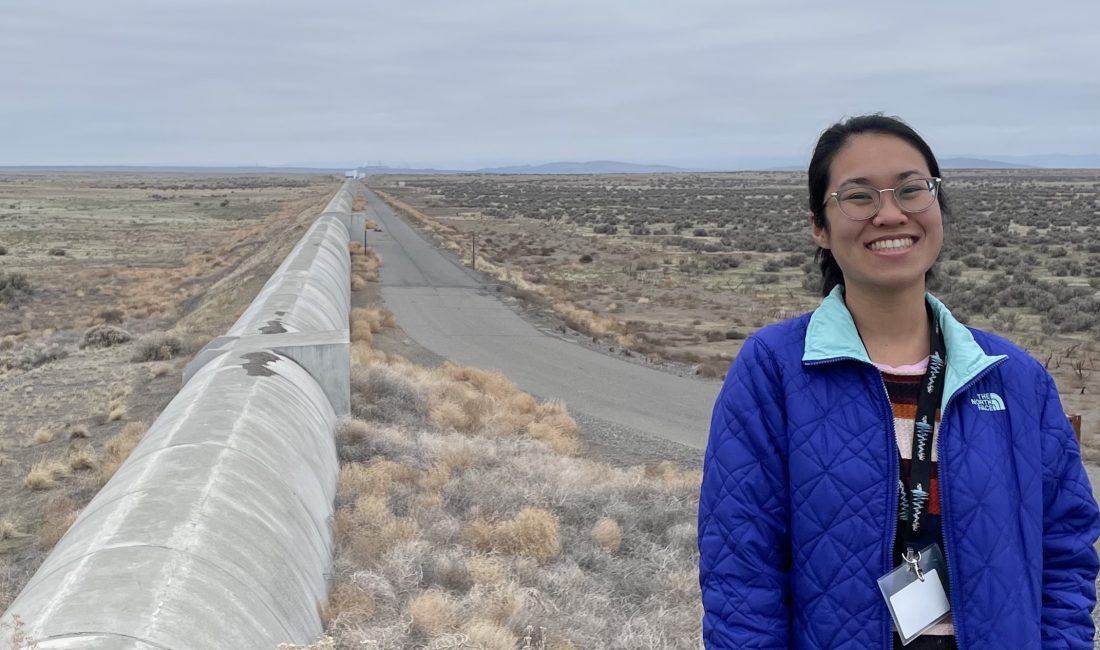Science and Mathematics
Physics Colloquium: Vicky Xu
November 9, 2023 at 3:30pm – 4:30pm EST
Physics Building, 202/204
This event has already occurred. The information may no longer be valid.

The Syracuse University Physics Department is pleased to welcome Dr. Victoria Xu, Post-Doctoral Associate in the Massachusetts Institute of Technology LIGO Laboratory.
Before joining MIT, she completed her Ph.D. in Physics from the University of California, Berkeley, where she worked on trapped atom interferometers for gravimetry and fundamental physics. In the MIT-LIGO group, her research focuses on quantum technologies for gravitational-wave detection with the LIGO interferometers.
“Expanding our gravitational view of the Universe with quantum interferometry”
Abstract:
From atom interferometry to laser interferometry, experiments are leveraging quantum mechanics to expand our gravitational view into nature. Using atom interferometry, we have pushed to long coherence times for cold atoms trapped in spatially-separated superposition states; Dr. Xu will give examples of how such trapped interferometers can uniquely probe new physics and gravity. Using laser interferometry, the Laser Interferometer Gravitational-wave Observatory (LIGO) operates at the limit of quantum noise to detect gravitational waves from cataclysmic cosmic events, such as mergers of black hole and neutron star binaries. Already in the third observing run O3, the LIGO detectors used quantum states of light (“squeezed” vacuum) to reduce shot noise and improve high-frequency sensitivity. For the fourth observing run O4, Dr. Xu will describe the major infrastructure commissioned to inject frequency-dependent squeezing, i.e. an optimally prepared squeezed state, for broadband quantum noise reduction across the full astrophysical detection band of LIGO. In concert with many upgrades, quantum enhancement is now increasing detection rates by over 60% in O4, and expanding the observable horizons of gravitational-wave astrophysics.
This event was published on October 17, 2023.
Event Details
- Category
- Science and Mathematics
- Type
- Talks
- Region
- Campus
- Open to
- Public
- Organizer
- CAS-Department of Physics
- Contact
- Meghan Murphy
phyadmin@syr.edu
(315) 443-3901
- Accessibility
- Contact Meghan Murphy to request accommodations
